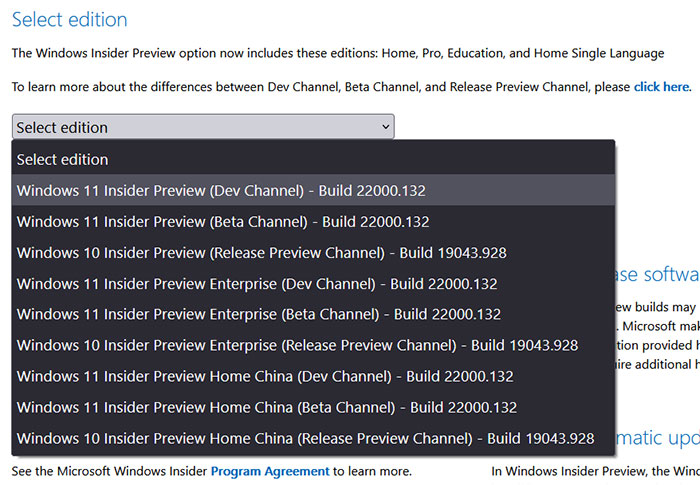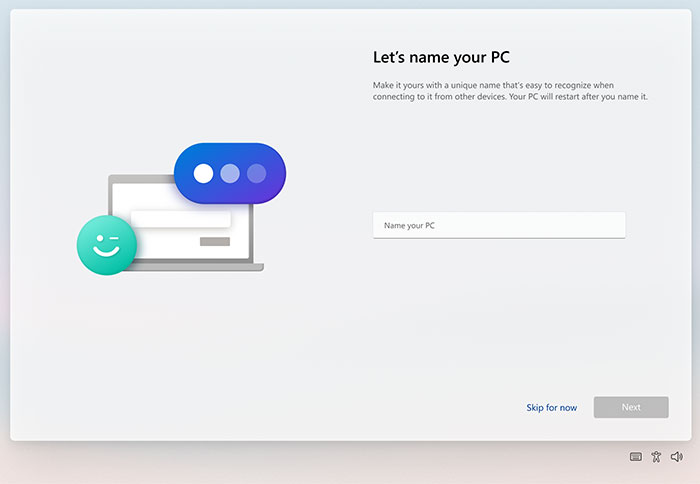Windows 11 ISOs
Microsoft has released the first ISO images for Windows 11. The particular release now available in this delivery format is Windows 11 build 22000.132. However, you have further choices in a drop-down menu full of ISO downloads to choose; developer or beta channel release, enterprise versions of the OS, and Chinese language versions of the OS.

Before these ISOs were released, Windows Insiders would have had to upgrade from a previous Windows 10 install, or download the ISO images for Windows 10 build 21354 and upgrade from there. Thus, the availability of Windows 11 ISO images will be welcomed by many testers. Please note that Windows 11 build 22000.132 isn't the latest and greatest as of Thursday, when Microsoft announced build 22000.160. I'm not sure how often Microsoft will be updating its ISO downloads, though.

Microsoft is encouraging insiders to now do clean installs from the ISOs, which will minimise inherited software problems and allow users to properly test the new out-of-the-box experience (OOBE).
As we are edging nearer to release, Microsoft has started releasing Windows 11 builds to both dev and beta channels simultaneously. The firm is now highly focussed on getting the OS ready for official final release (expected on new machines from October), and that seems to be why the latest weekly builds don't add features, but are mainly about ironing out wrinkles.
Microsoft 365, Office 365 commercial prices set to increase
Starting March 2022, Microsoft will implement global price increases covering most of its commercial Office 365 and Microsoft 365 subscriptions. ZDNet says that home and education users need not be concerned about price rises at this time.
Price increases range from $12 per user per year for Microsoft 365 Business Basic, to $48 per user per year more for Microsoft 365 E3. The increases aren't expected by Microsoft to cause users to migrate away as they will now fall closer to what Google is charging for a similar cloud services offering.
- Microsoft 365 Business Basic going from $5 to $6 per user per month
- Microsoft 365 Business Premium going from $20 to $22 per user per month
- Office 365 E1 going from $8 to $10 per user per month
- Office 365 E3 going from $20 to $23 per user per month
- Office 365 E5 going from $35 to $38 per user per month
- Microsoft 365 E3 going from $32 to $36 per user per month

Yes, price increases are never welcome, but Microsoft highlights that it has, since the introduction of Microsoft 365 four years ago, added 24 new apps to its Office 365/Microsoft 365 suites (many at no additional cost), providing a greater value service. Moreover, Office 365 subscribers now have access to >1,400 new features compared to a decade ago.
Microsoft might further soften the blow from the price hikes with the news that it plans to add unlimited dial-in capabilities for Teams (conferencing) meetings across its paid enterprise, business, frontline worker and government suites over the coming months.






